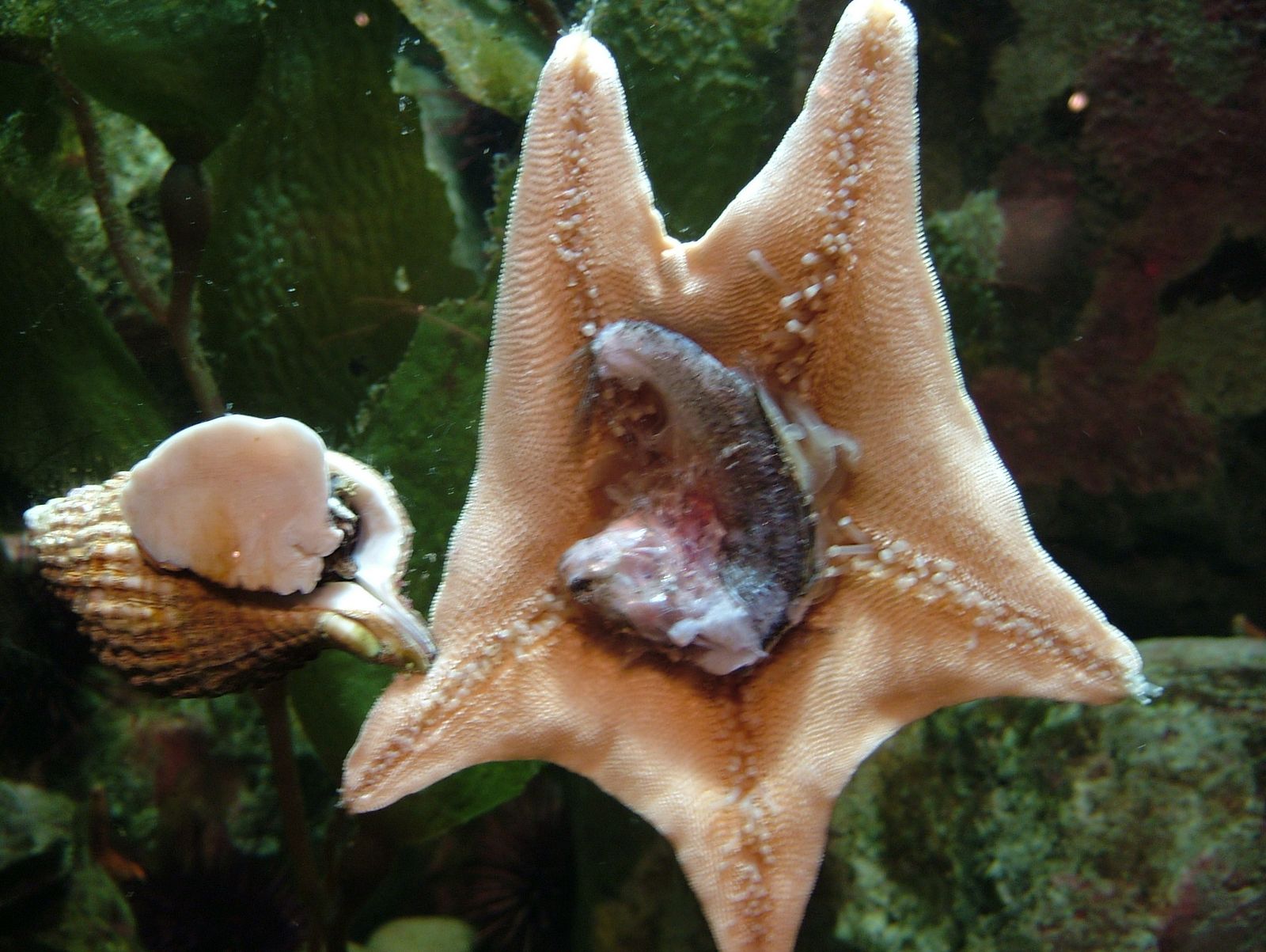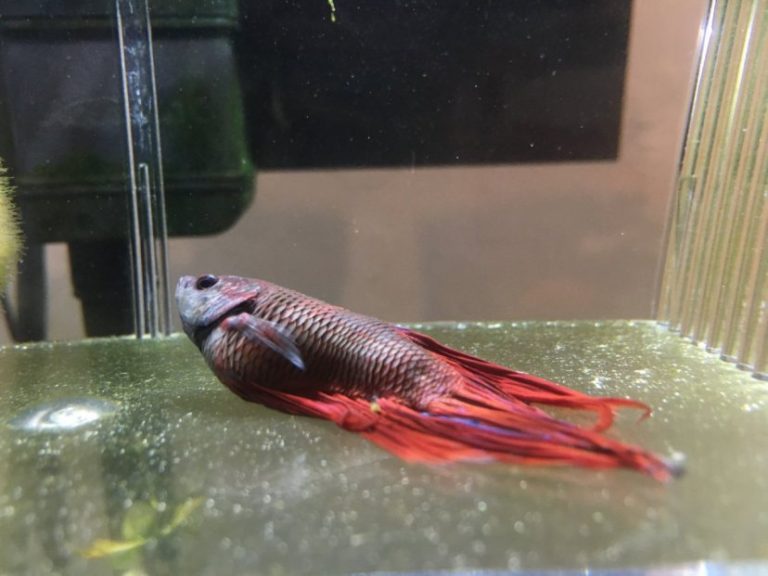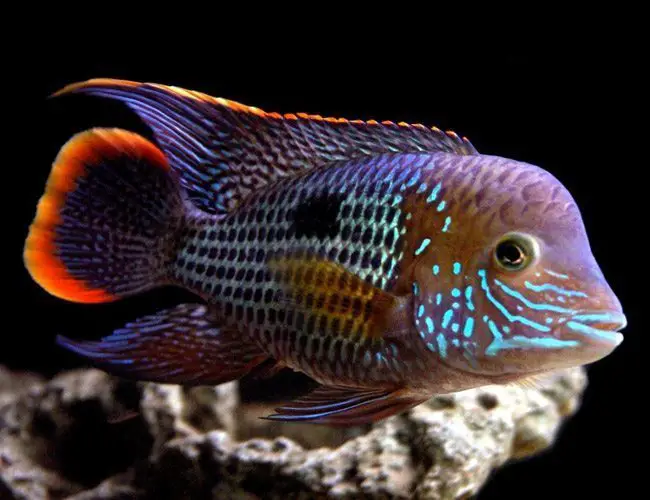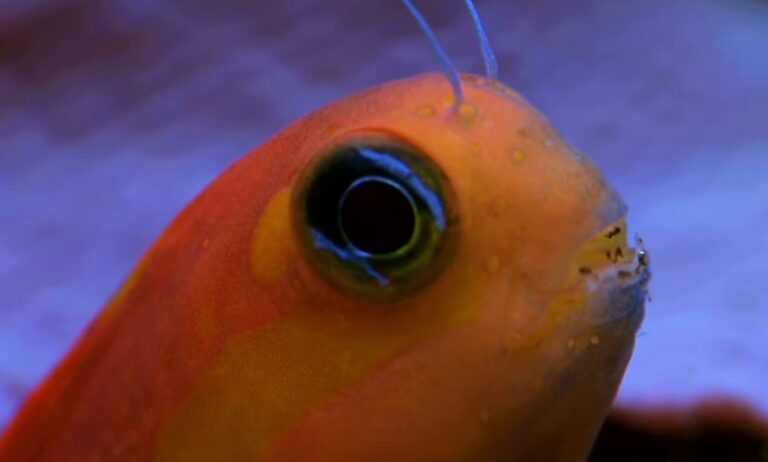What Do Starfish Eat
What Do Starfish Eat?
Starfish, also known as sea stars, are fascinating creatures that inhabit the ocean floors around the world. With their unique appearance and ability to regenerate limbs, starfish capture the curiosity of many individuals. But have you ever wondered what starfish eat? In this article, we will explore the dietary habits of starfish and discover the variety of foods they consume to survive in their marine environment.
Types of Starfish Diets
Starfish have a diverse diet that varies depending on their species, size, and habitat. Although starfish are often associated with seafood, their diet extends beyond just fish. Here are some of the main food sources that starfish consume:
1. Mollusks: One of the primary food sources for starfish is mollusks. Starfish have a unique feeding adaptation called a cardiac stomach that allows them to envelop and digest their prey outside their body. This adaptation enables them to consume mollusks such as clams, mussels, and snails by prying open their shells and extending their stomachs to digest the soft tissues.
2. Bivalves: Bivalves, which include oysters and scallops, are also a common food source for starfish. Similar to mollusks, starfish use their tube feet and adhesive discs to pry open the shells of bivalves and expose their soft flesh. They then extend their stomachs to digest the prey before retracting it back into their bodies.
3. Coral: Some starfish species feed on coral polyps as part of their diet. These starfish have specialized feeding behaviors, such as using their tube feet to grasp onto coral branches and devour the polyps. This feeding habit can have a significant impact on the health and growth of coral reefs.
4. Crustaceans: Starfish also consume various crustaceans, including shrimp and crabs. They employ similar techniques as they do with mollusks and bivalves, using their tube feet and strong arms to manipulate and pry apart the shells of crustaceans to access their meaty bodies.
5. Sponges and Plankton: In addition to larger prey, starfish also feed on smaller organisms such as sponges and plankton. Some starfish species have evolved to filter feed, using their tube feet or specialized structures to capture these microscopic food sources from the water column.

Feeding Methods of Starfish
Starfish employ different feeding methods based on their specific dietary preferences and adaptations. Here are some of the fascinating feeding behaviors exhibited by starfish:
1. Predation: The majority of starfish species are predatory, meaning they actively hunt and capture their prey. These starfish typically use their tube feet to slowly glide over the ocean floor, searching for suitable food sources. Once they locate their prey, they use their arms and tube feet to grasp and manipulate their meal.
2. Filter Feeding: As mentioned earlier, some starfish species feed by filtering small organisms from the water. They may use their tube feet, mucous-coated spines, or specialized feeding structures to capture plankton or suspended particles in the water column.
3. Regurgitation: Starfish have a unique ability to expel their stomachs from their mouths and essentially digest their prey outside their bodies. This adaptation allows them to consume prey that may be larger than their usual mouth size. After digesting their meal, they retract their stomachs back into their bodies.
Specialized Adaptations for Feeding
Starfish possess several specialized adaptations that aid in their feeding habits. These adaptations enable them to access and consume their prey effectively. Here are a few notable adaptations:
1. Tube Feet: Tube feet, located on the underside of starfish’s arms, play a crucial role in capturing and manipulating their prey. These flexible structures have suction cups on the ends that create a strong grip on surfaces, allowing starfish to pry open shells and hold onto prey.
2. Cardiac Stomach: The cardiac stomach is a distinctive feature of starfish. This specialized organ can be extended outside the starfish’s body to engulf prey and secrete digestive enzymes. It breaks down the prey’s tissues before retracting back into the body to complete the digestion process.
3. Mucous-Coated Spines: Some starfish have spines covered in a sticky mucous substance. These spines help them capture smaller organisms in the water column and act as a net for filter feeding.
Frequently Asked Questions
1. Do starfish eat fish?
Although starfish are often associated with seafood, they do not commonly consume fish. Their diet mainly consists of mollusks, bivalves, crustaceans, sponges, and other small organisms found in their marine environment.
2. Can starfish eat humans?
No, starfish pose no threat to humans. Their mouths are small and designed to consume prey smaller than themselves. Humans are not part of their natural diet.
3. How often do starfish eat?
The feeding frequency of starfish depends on various factors such as their size, species, and the availability of food. Some starfish can go for long periods without feeding, while others may feed more frequently.
4. Can starfish eat dead animals?
Yes, starfish can consume dead animals if they come across them. They are known to scavenge and feed on carcasses that have sunk to the ocean floor.
5. Are there any plants that starfish eat?
Starfish are primarily carnivorous and do not consume plants. Their diet consists mainly of marine invertebrates and small organisms.
Final Thoughts
Now that we have explored the intriguing dietary habits of starfish, we can appreciate the diversity of their diets and their unique adaptations for feeding. From devouring mollusks with their extendable stomachs to filter-feeding on plankton, starfish exhibit a range of feeding behaviors that contribute to their survival in the intricate marine ecosystem. So the next time you come across a starfish, marvel at their feeding prowess and remember the wide array of foods they can consume to sustain themselves in the vast ocean.






